ID-DOC: general search
Here you can enter a general keyword and perform a general search.
??? What are these question marks doing here? These represent tools which we know by a Dutch or French name, but who's English name is yet unknown. Suggestions are always welcome!
If you cannot find a certain tool, or if you experience other problems with this page, please let us know at info@mot.be.
Search for: tool
Showing search results 1,301 - 1,350
1,492 results found
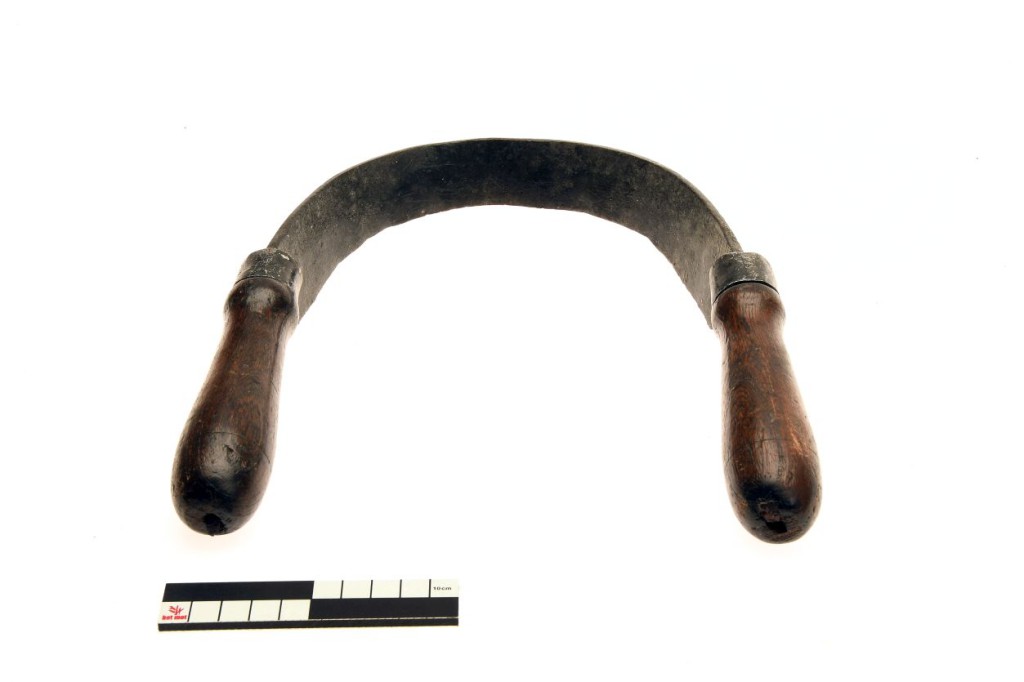
Strip drawing knife
The strip drawing knife
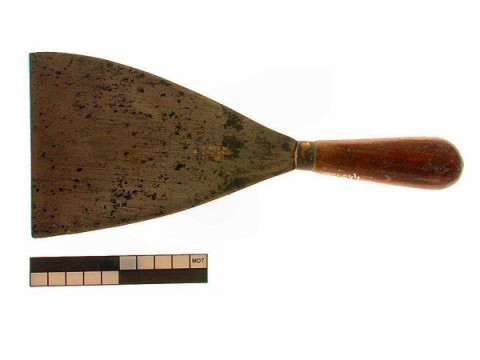
Stripping knife
The stripping knife has almost the same shape as the stopping knife but the
blade (approx. 2.5-12.5 cm) is stiff and less springy. This makes it easy
to remove wallpaper, soaked with remover, or old paint layers pre-treated
with paint stripper. Also in combination with a paint burner, the paint
layers can be cut off with the stripping knife. [MOT]
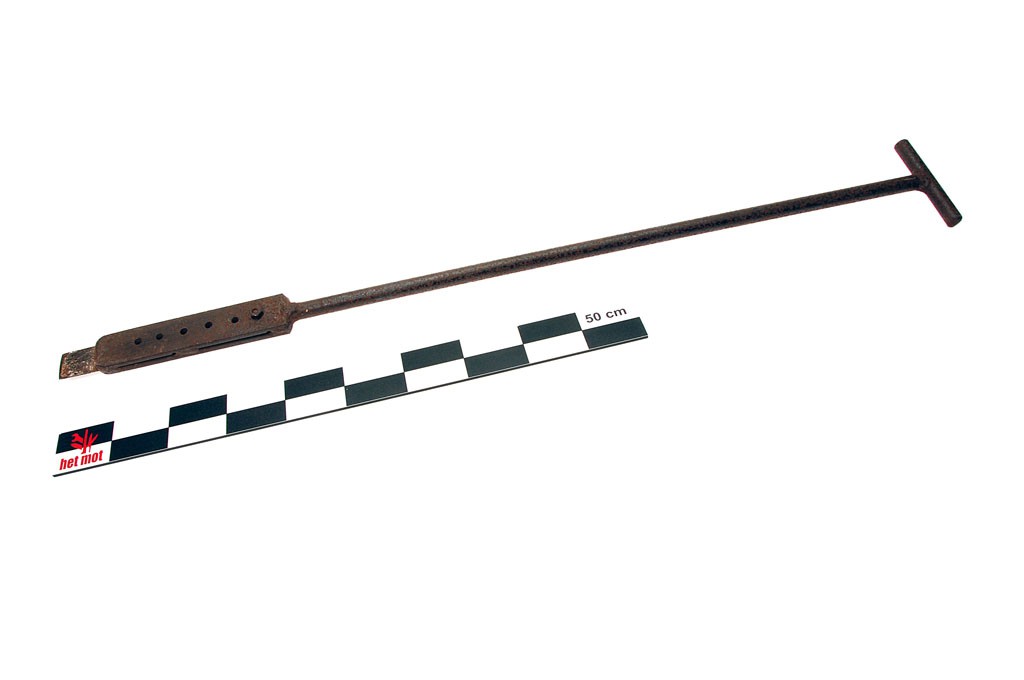
Stripping knife (greenhouse grower)
This text can only be consulted in Dutch
<https://www.mot.be/resource/Tool/afsteekmes-voor-stopverf?lang=nl>
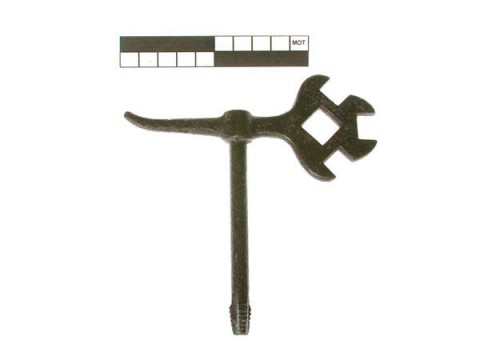
Stud tap
This text on stud taps for removable studs on a horse can only be consulted
in Dutch. [MOT]
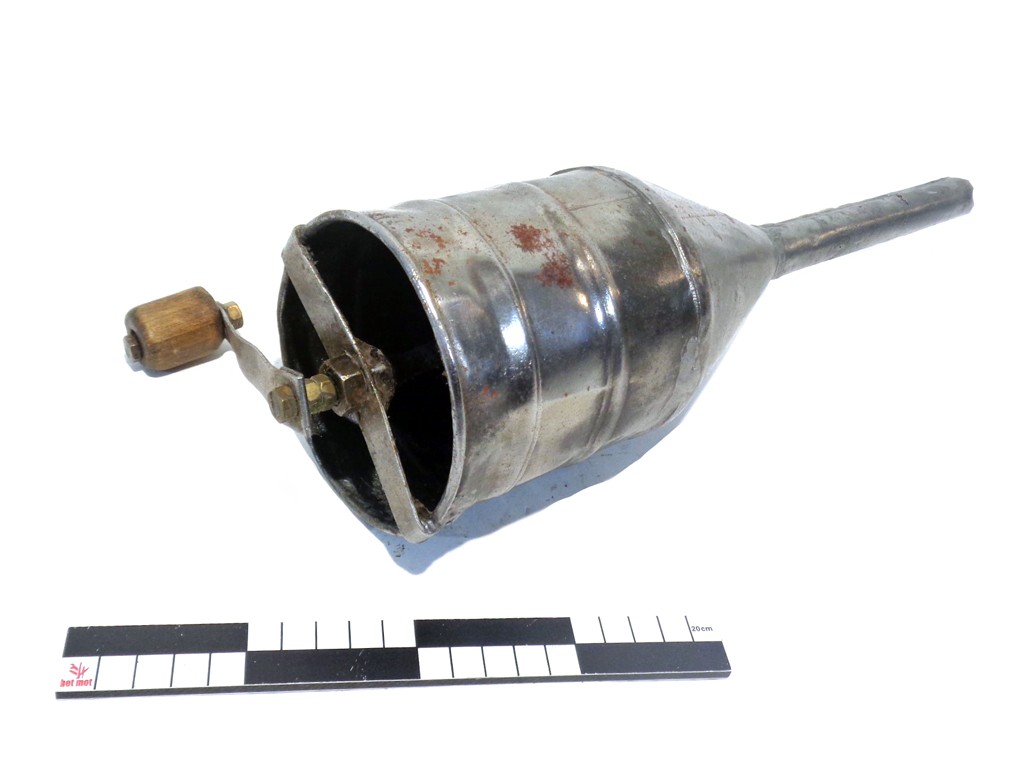
Stuffing funnel
This text can only be consulted in Dutch
<https://www.mot.be/resource/Tool/stuffing-funnel?lang=nl>
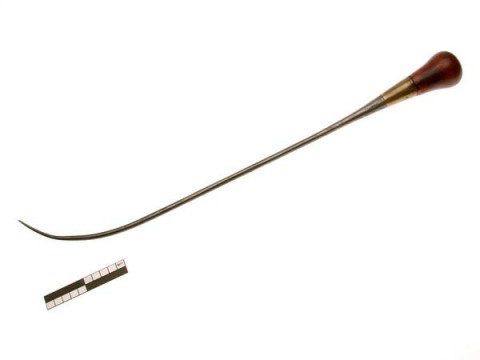
Stuffing iron
This text can only be consulted in Dutch
<https://www.mot.be/resource/Tool/stuffing-iron?lang=nl>
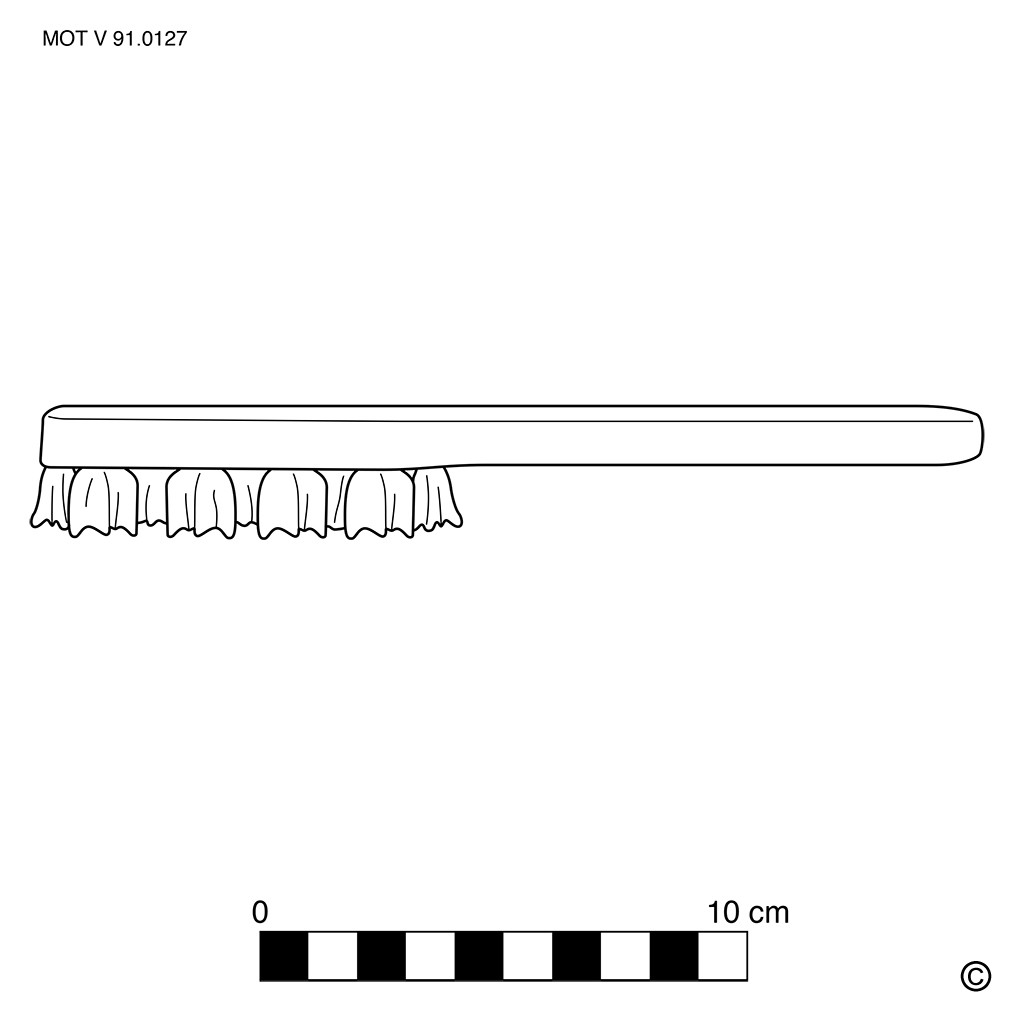
Suede brush
This text can only be consulted in Dutch
<https://www.mot.be/resource/Tool/suede-brush?lang=nl>
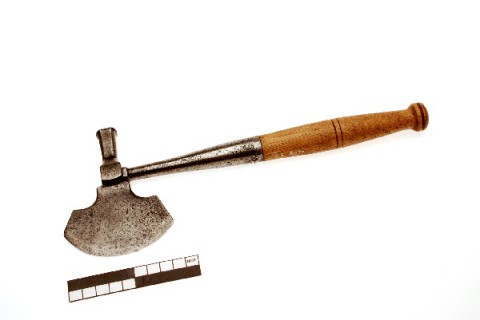
Sugar axe
Small and light (approx. 300 gr) axe to break sugar, which used to be sold
in large cone-shaped blocks. It is usually combined with a hammer to finely
beaten the broken pieces of sugar. Sugar nippers were used for smaller
pieces of sugar. [MOT]
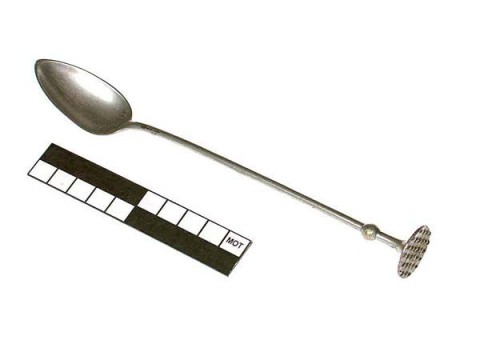
Sugar crusher
The sugar crusher is a metal pestle (approx. 15 cm) with a ring at one end
and a flat, circular plate with studs on the other. You can use this to
crush sugar into a glass of Gueuze beer. There is also a model where the
ring has been replaced by the blade of a spoon. Modern versions are made of
plastic and can also serve to squeeze a lemon slice into a soft drink (see
also lime and lemon squeezers). [MOT]
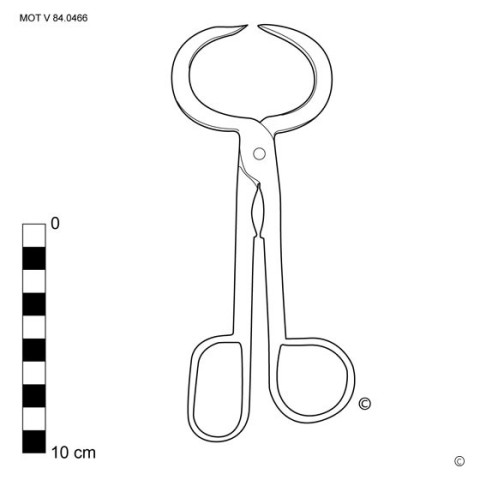
Sugar nippers
This text can only be consulted in Dutch
<https://www.mot.be/resource/Tool/sugar-nippers?lang=nl>
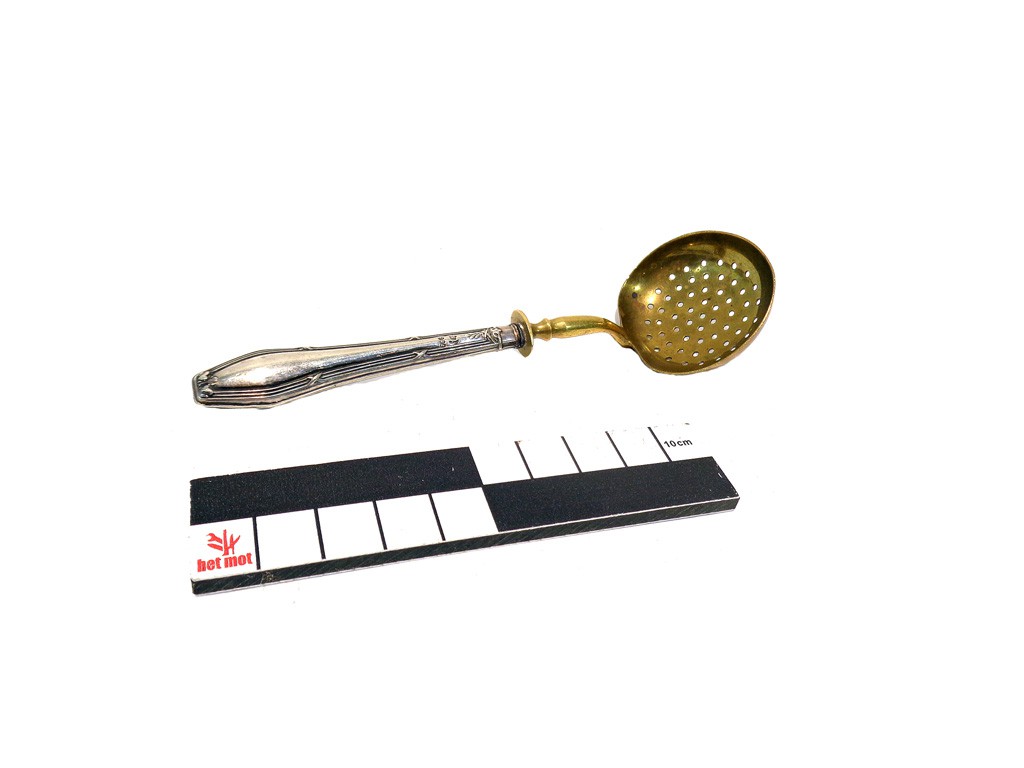
Sugar sprinkle spoon
This text can only be consulted in Dutch
<https://www.mot.be/resource/Tool/sugar-sprinkle-spoon?lang=nl>
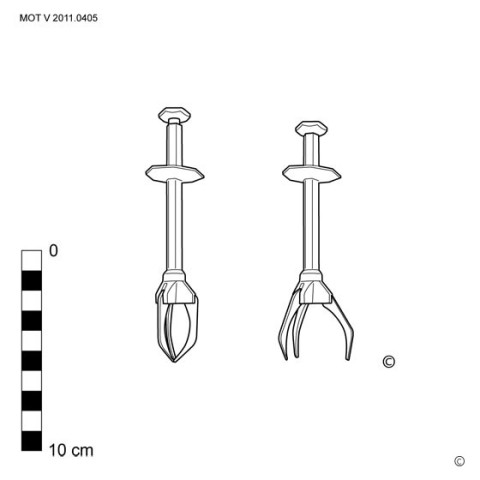
Sugar tongs
This text can only be consulted in Dutch
<https://www.mot.be/resource/Tool/sugar-tongs?lang=nl>
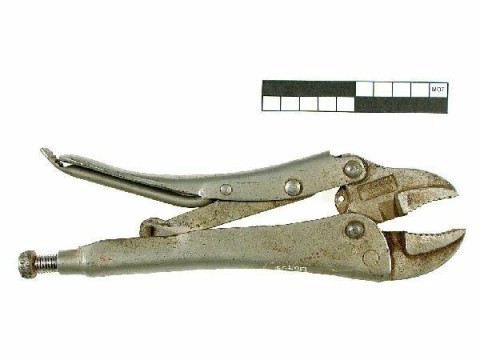
Swage pliers
This text can only be consulted in Dutch
<https://www.mot.be/resource/Tool/swage-pliers?lang=nl>
Swarm catcher bag
This text can only be consulted in Dutch
<https://www.mot.be/resource/Tool/swarm-catcher-bag?lang=nl>
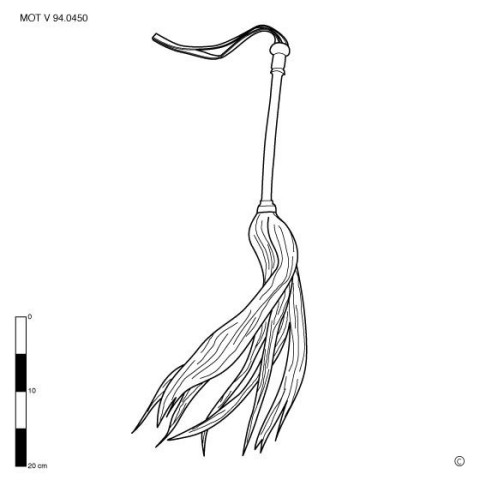
Swatter
The swatter is made of a ponytail tied to a 20-30 cm stem. With this tool,
the flies are chased away when shoeing or caring for nervous horses. The
tool can be distinguished from the fly swatter that kills the flies. [MOT]
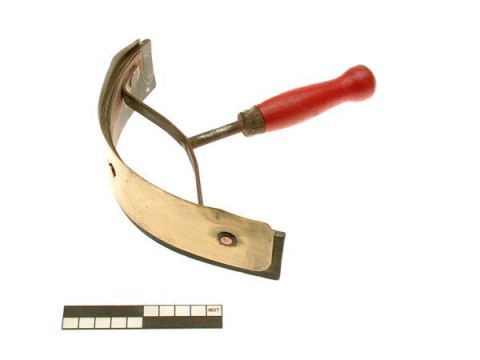
Sweat scraper
Hand tool with which the moisture from strongly sweaty horses can be
removed, just like with the shedding blade. It has an elongated (approx. 20
by 5 cm) metal blade, which is curved lengthwise and attached at right
angles to a straight stem. A rubber band is also attached to the top, which
protrudes from one long side (approx. 1 cm). To be distinguished from the
wiper. [MOT]
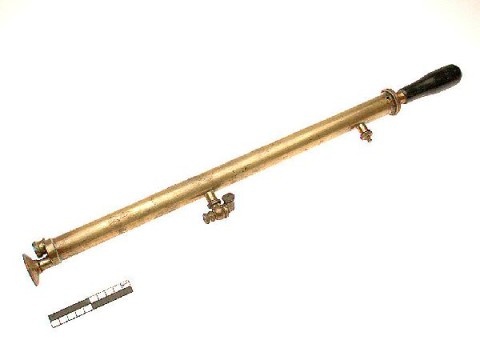
Syringer for flowers
This text can only be consulted in Dutch
<https://www.mot.be/resource/Tool/syringer-for-flowers?lang=nl>
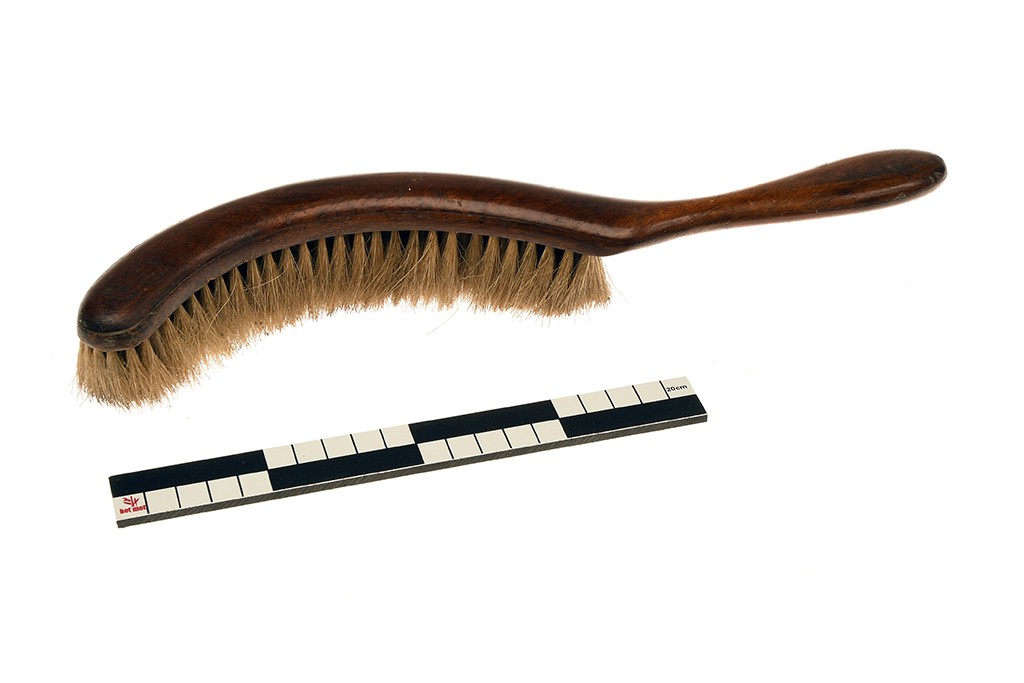
Table crumb brush
This text can only be consulted in Dutch
<https://www.mot.be/resource/Tool/table-crumb-brush?lang=nl>
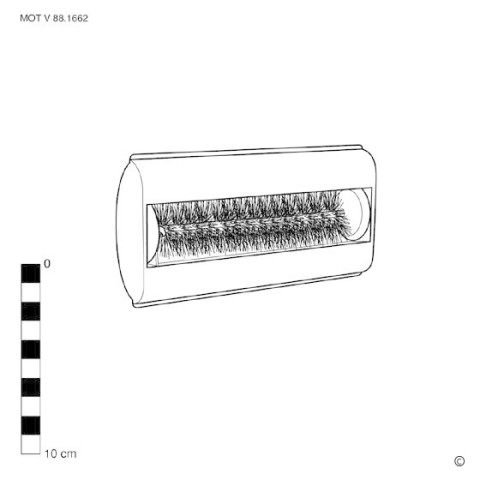
Table crumb sweeper
With a table crumb sweeper you can easily wipe crumbs from fabric
tablecloths. It consists of a roller brush in a plastic or metal frame,
with or without handle. When sweeping the crumbs with the brush, they are
picked up and end up in a receptacle located in the frame. See also the
carpet sweeper, crumb scraper and table crumb brush. [MOT]
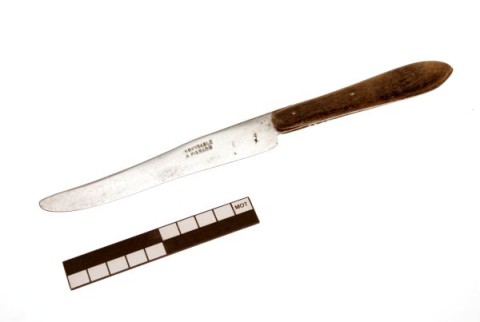
Table knife
This text can only be consulted in Dutch
<https://www.mot.be/resource/Tool/table-knife?lang=nl>
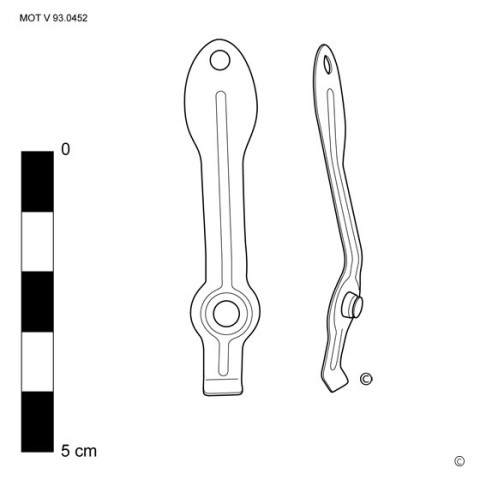
Tack lifter
This text can only be consulted in Dutch
<https://www.mot.be/resource/Tool/tack-lifter?lang=nl>
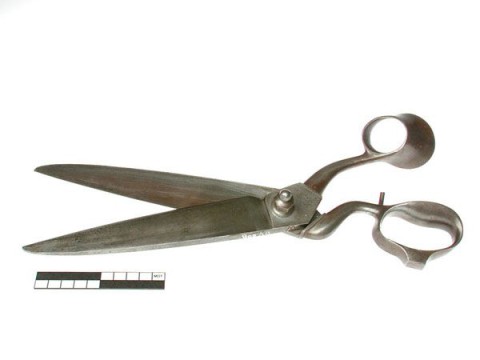
Tailor's scissors
Tailor's scissors are large (approx. 25-40 cm) scissors, completely made of
metal or with plastic-covered arms. The arms bent upwards so that it can
remain flat while cutting the fabric. [MOT]
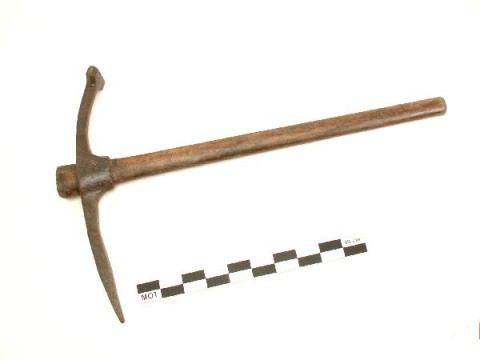
Tamping pick
The railway worker uses this pickaxe to put fine (e.g. gravel) and coarse
ballast under the rails. The iron ends in a point and the other end is
T-shaped. [MOT]
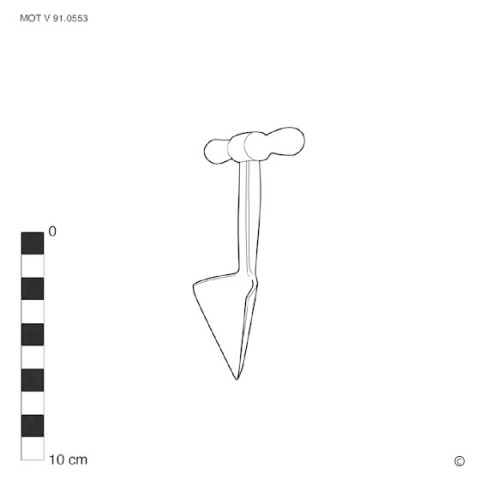
Tap borer
The tap borer is a drill (approx. 10-15 cm long) with a half cone blade and
a T-handle and resembles a very small hub reamer. The plumber uses this
hand tool to enlarge holes in lead pipes or to remove burrs and uneven
edges. [MOT]
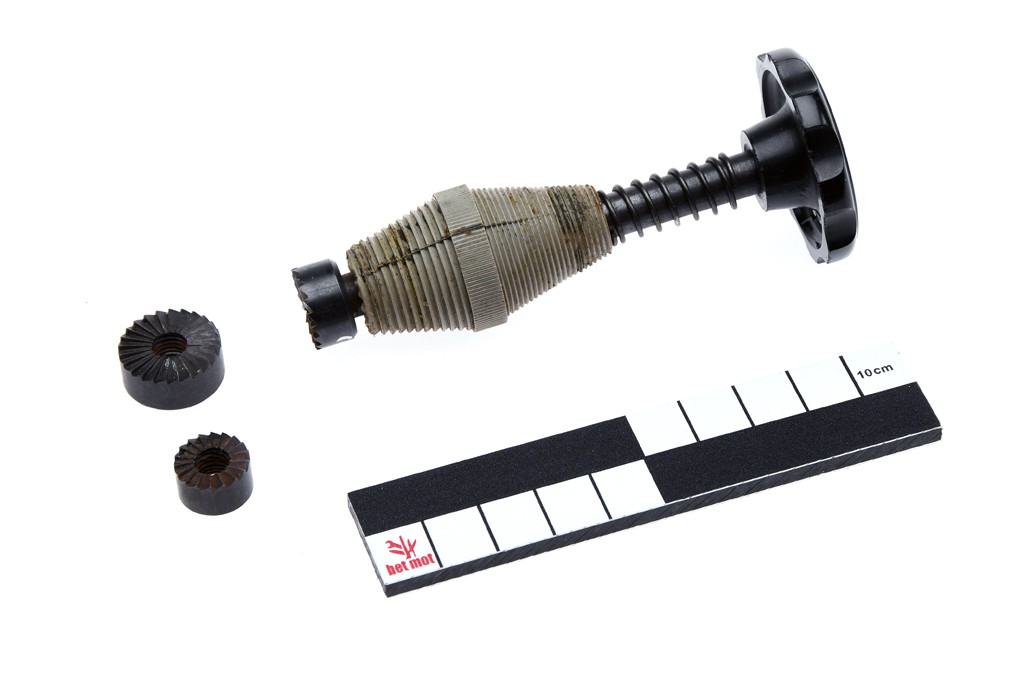
Tap reseater
This text can only be consulted in Dutch
<https://www.mot.be/resource/Tool/tap-reseater?lang=nl>
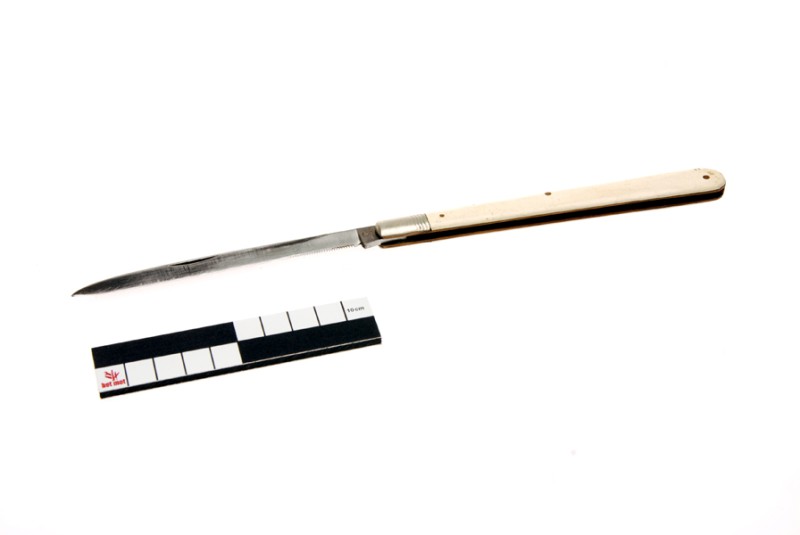
Tasting knife
A tasting knife is a light (approx. 50 g) long (approx. 25 cm) and narrow
(approx. 1 cm) pocket knife that is used to taste sausages and other fine
meats at fairs, etc. (1). The blade is often partially serrated to easily
cut the sausage. [MOT] (1) According to SARGENT: 18, the knife would be
used to test melon or citrus fruits.
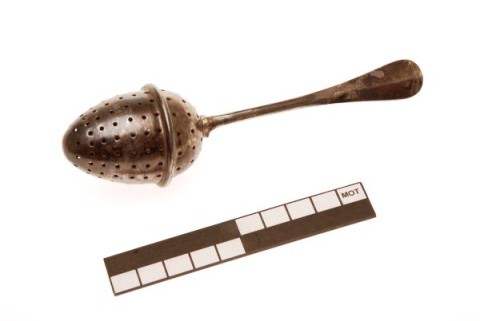
Tea ball
This text can only be consulted in Dutch
<https://www.mot.be/resource/Tool/tea-ball?lang=nl>
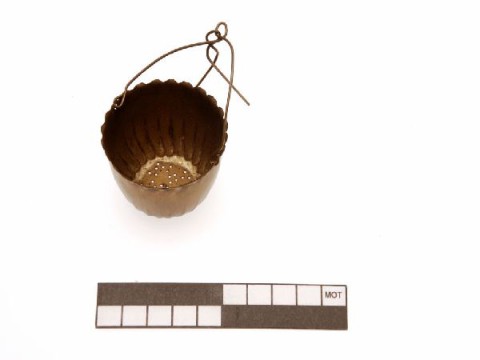
Tea strainer
This text can only be consulted in Dutch
<https://www.mot.be/resource/Tool/tea-strainer?lang=nl>
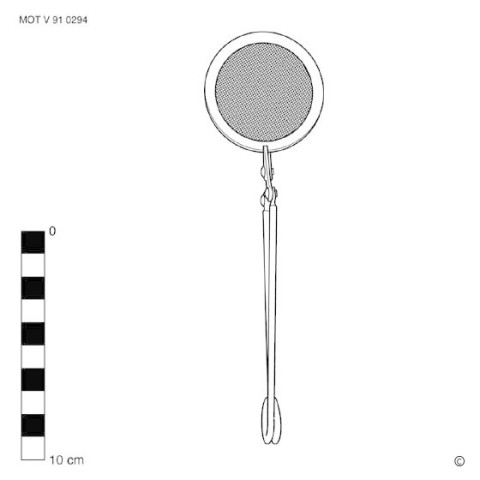
Tea tongs
This text can only be consulted in Dutch
<https://www.mot.be/resource/Tool/tea-tongs?lang=nl>
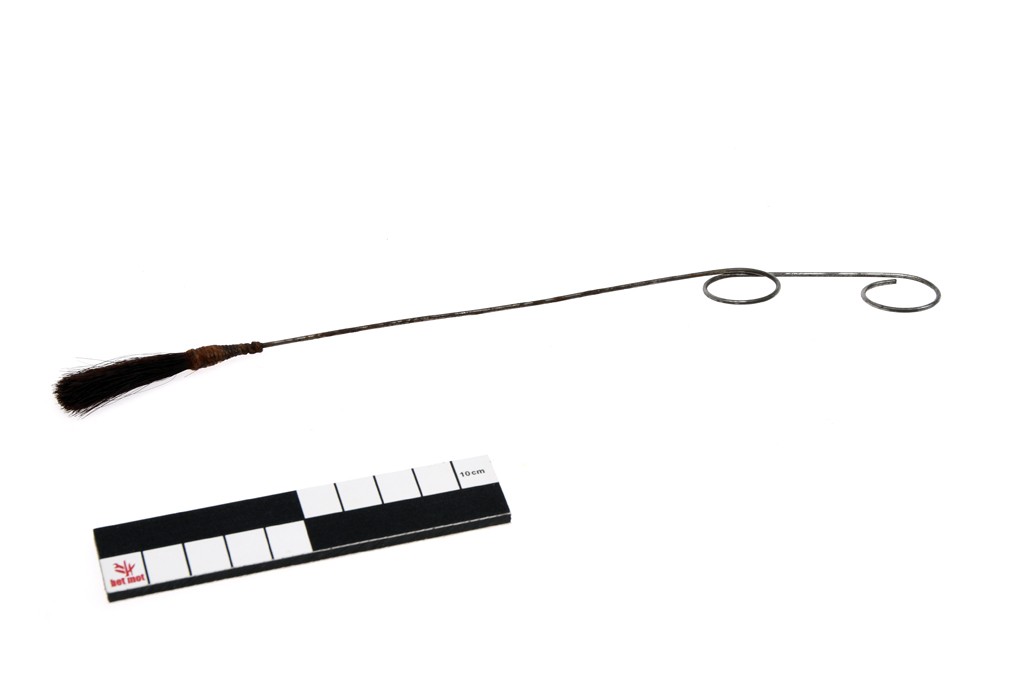
Test tube brush
This text can only be consulted in Dutch
<https://www.mot.be/resource/Tool/test-tube-brush?lang=nl>
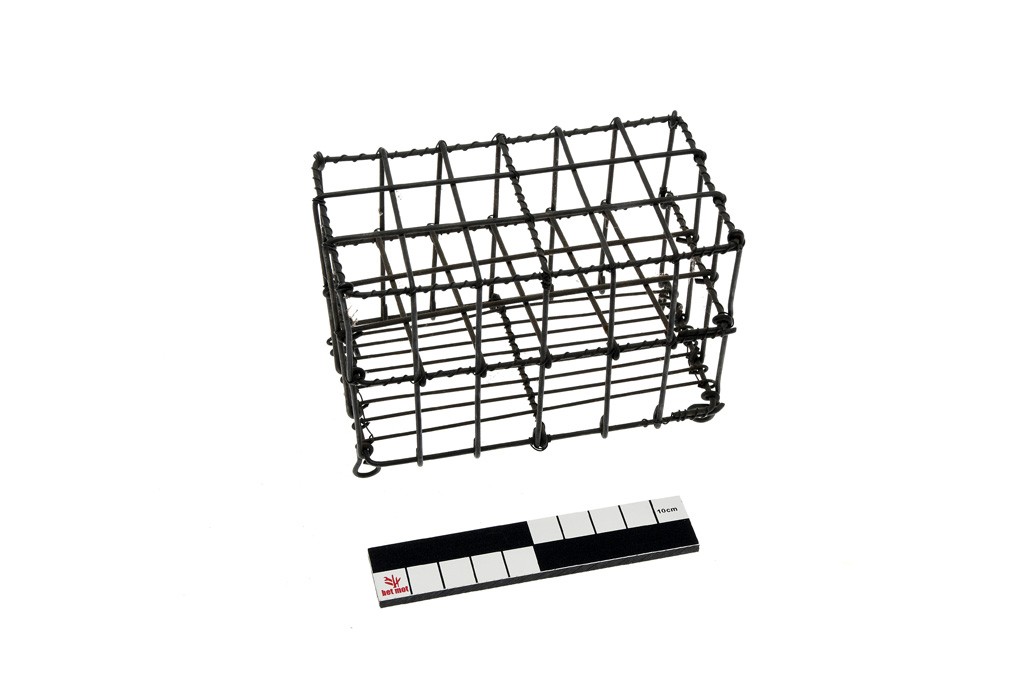
Test tube holder
This text can only be consulted in Dutch
<https://www.mot.be/resource/Tool/test-tube-holder?lang=nl>
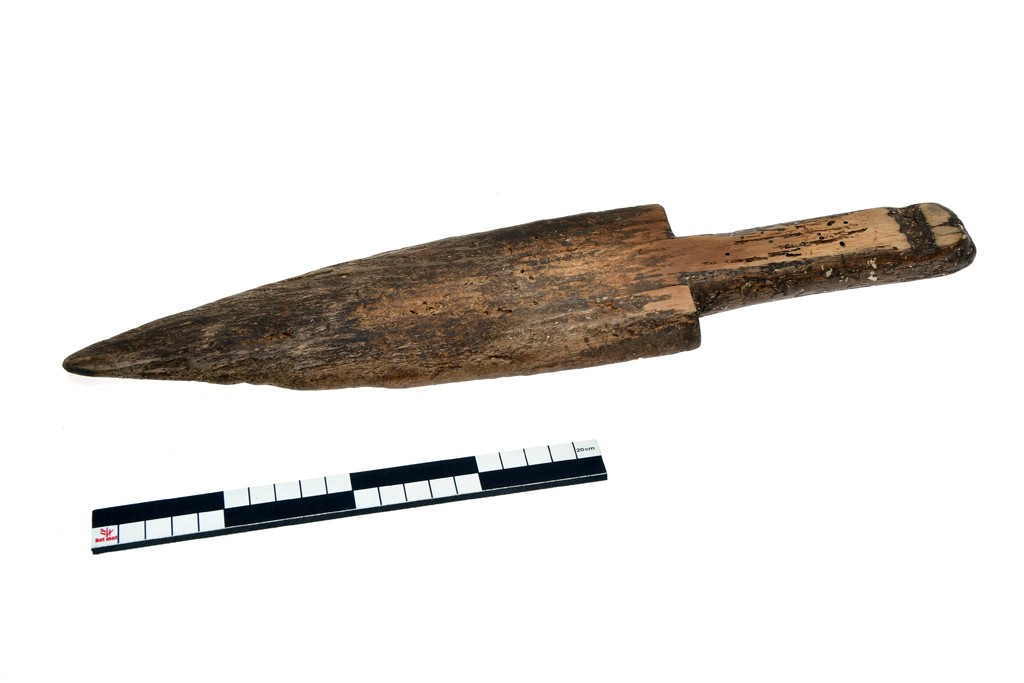
Thatcher's darning wood
The proper English name for this wooden tool to repair the reed bundles in
a roof is still unknown. This text can only be consulted in Dutch.See also
the thatcher's legget. [MOT]
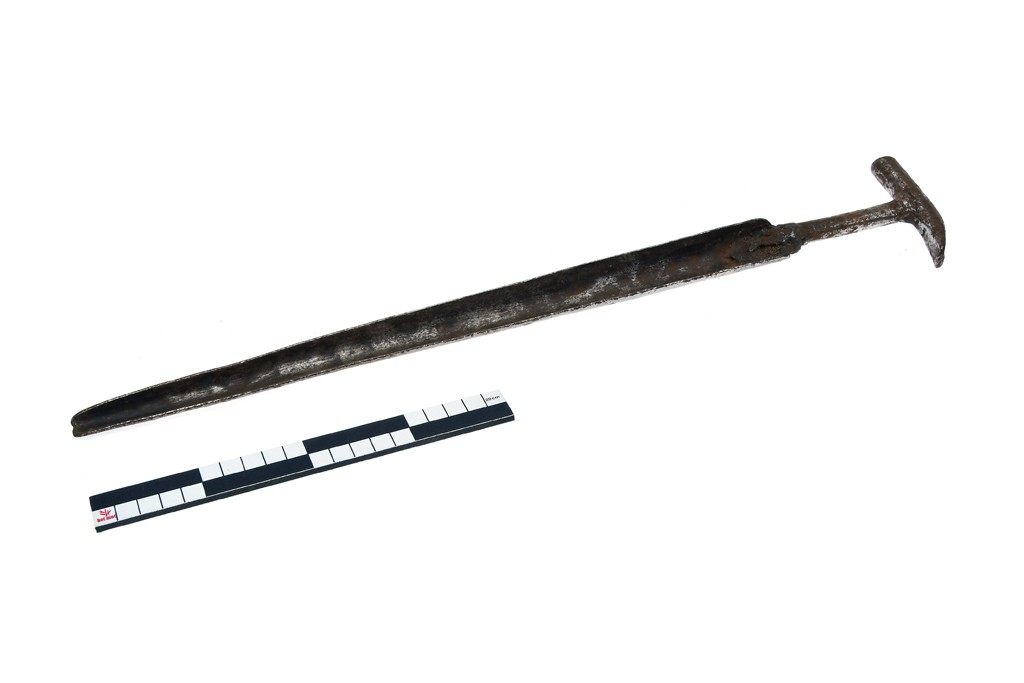
Thatcher's gutter
Proper English name unknown. This tool is used in combination with a
straight thatching needle. This text can only be consulted in Dutch
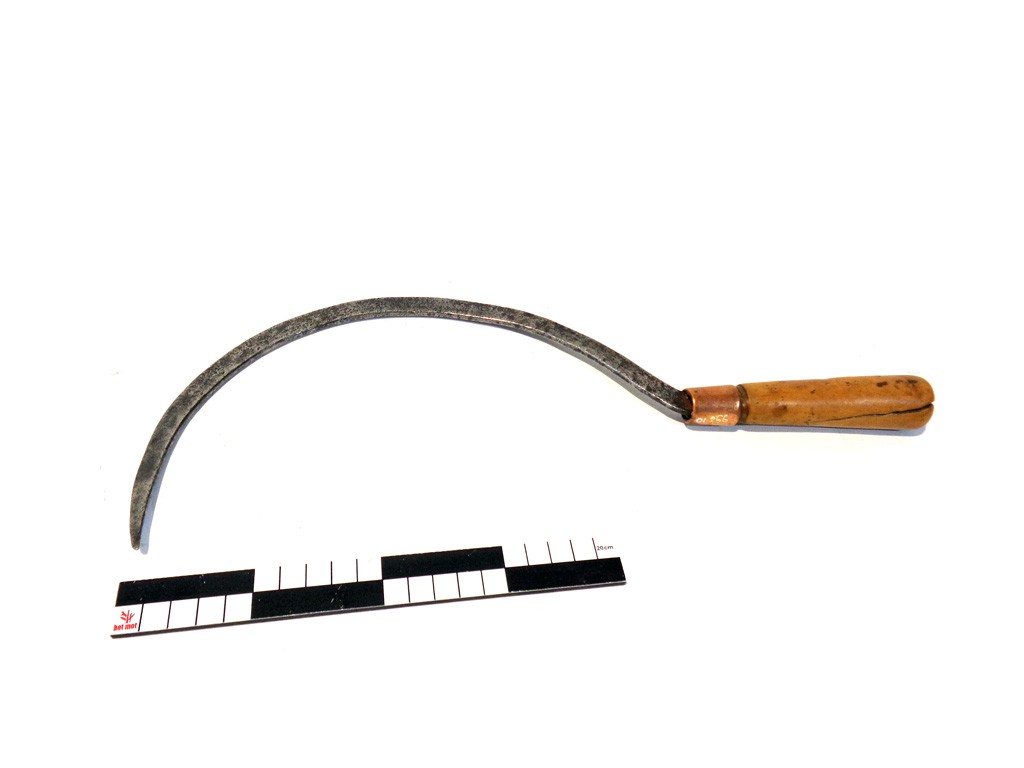
Thatcher's hook
This text can only be consulted in Dutch
<https://www.mot.be/resource/Tool/halmenhaak?lang=nl>
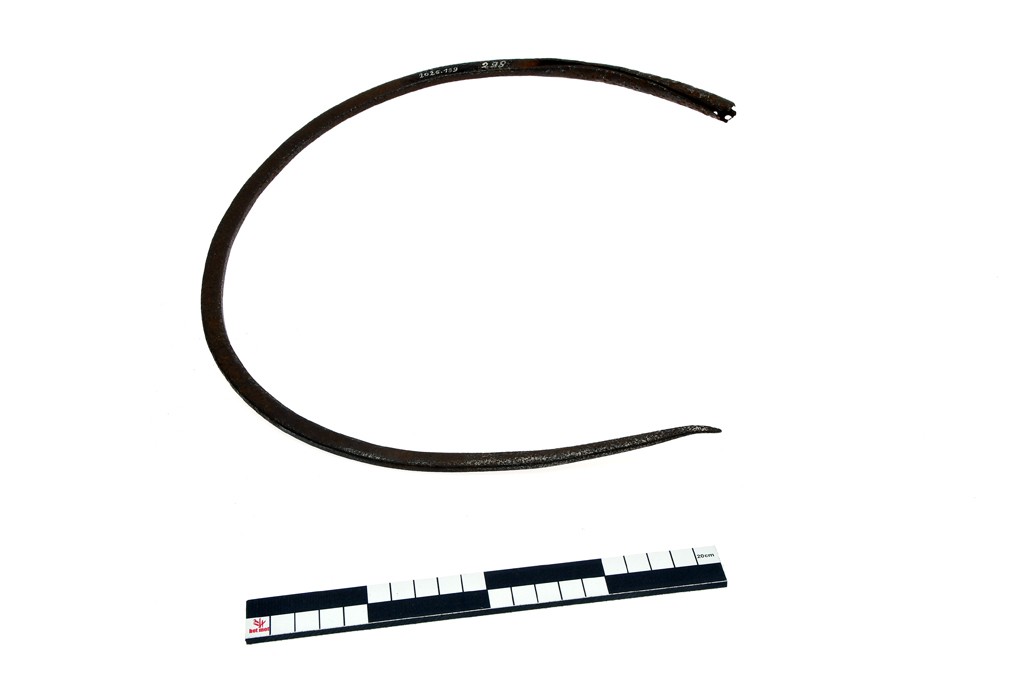
Thatcher's needle, round
This text can only be consulted in Dutch
<https://www.mot.be/resource/Tool/thatcher-s-needle-round?lang=nl>
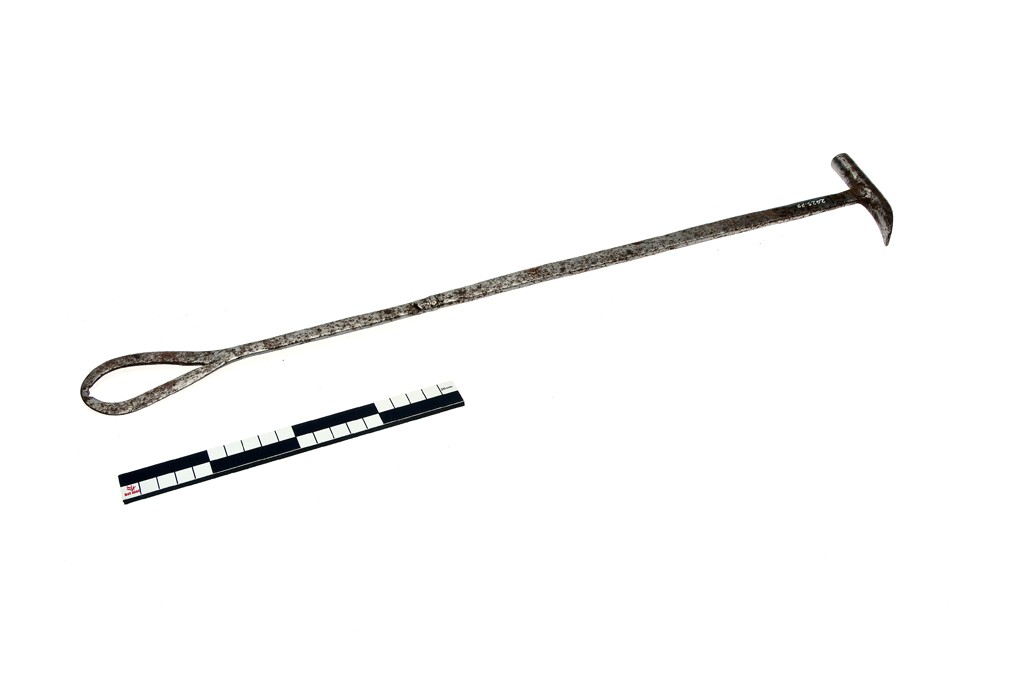
Thatcher's needle, straight
This text can only be consulted in Dutch.This tool is always used in
combination with a 'thatcher's gutter', a tool of which the proper name is
yet unknown.See also the round thatcher's needle. [MOT]
Thatching knife
This thatcher's knife is a large knife (approx. 50 cm long) with a rounded
edge that resembles the fish chopping knife but with a firmer blade. It is
used by the roofer to trim reed or straw and he can occasionally use it to
cut the twine of the reed bundles or the ribbon straw of the sheaves,
similar to the sheaf-knife. [MOT]
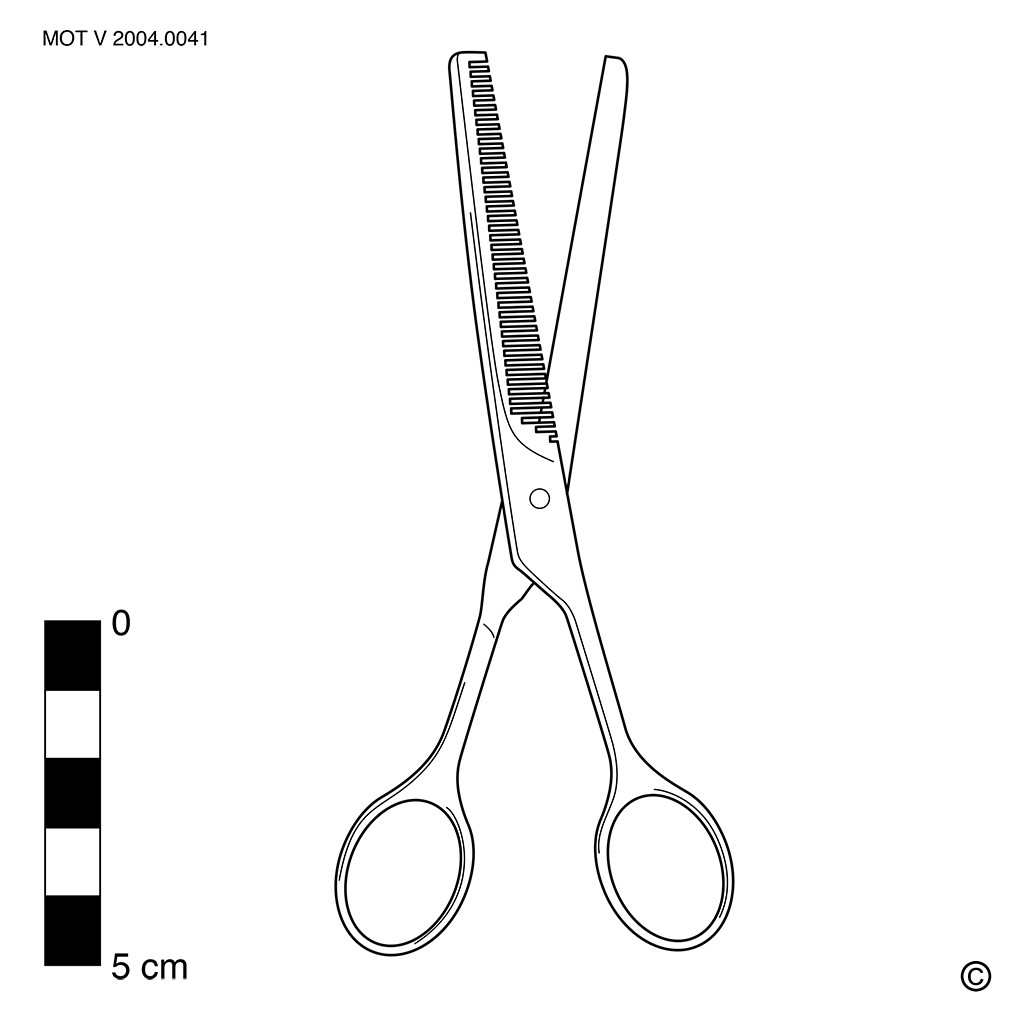
Thinning scissors
This text can only be consulted in Dutch
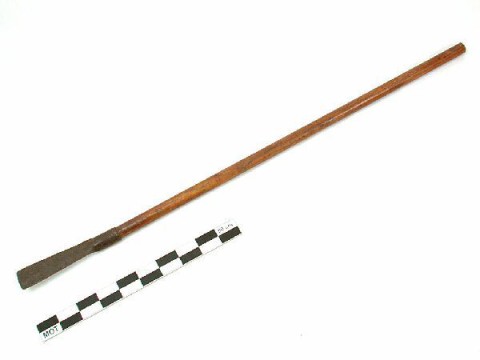
Thistle spud
This text can only be consulted in Dutch
<https://www.mot.be/resource/Tool/thistle-spud?lang=nl>
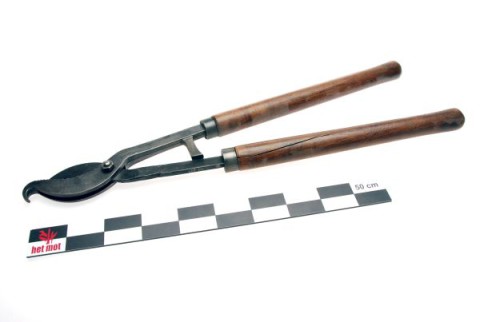
Thorn-hedge shears
Thorn-hedge shears are used to prune thorny shrubs and to cut branches that
are too thick for the pruning shears (up to approx. 2,5-3 cm) The osier
worker sometimes uses shears with bent arms to reduce the need to bend down
to cut close to the ground. See also hedge shears. More technical
information on the dutch version of this page. [MOT]
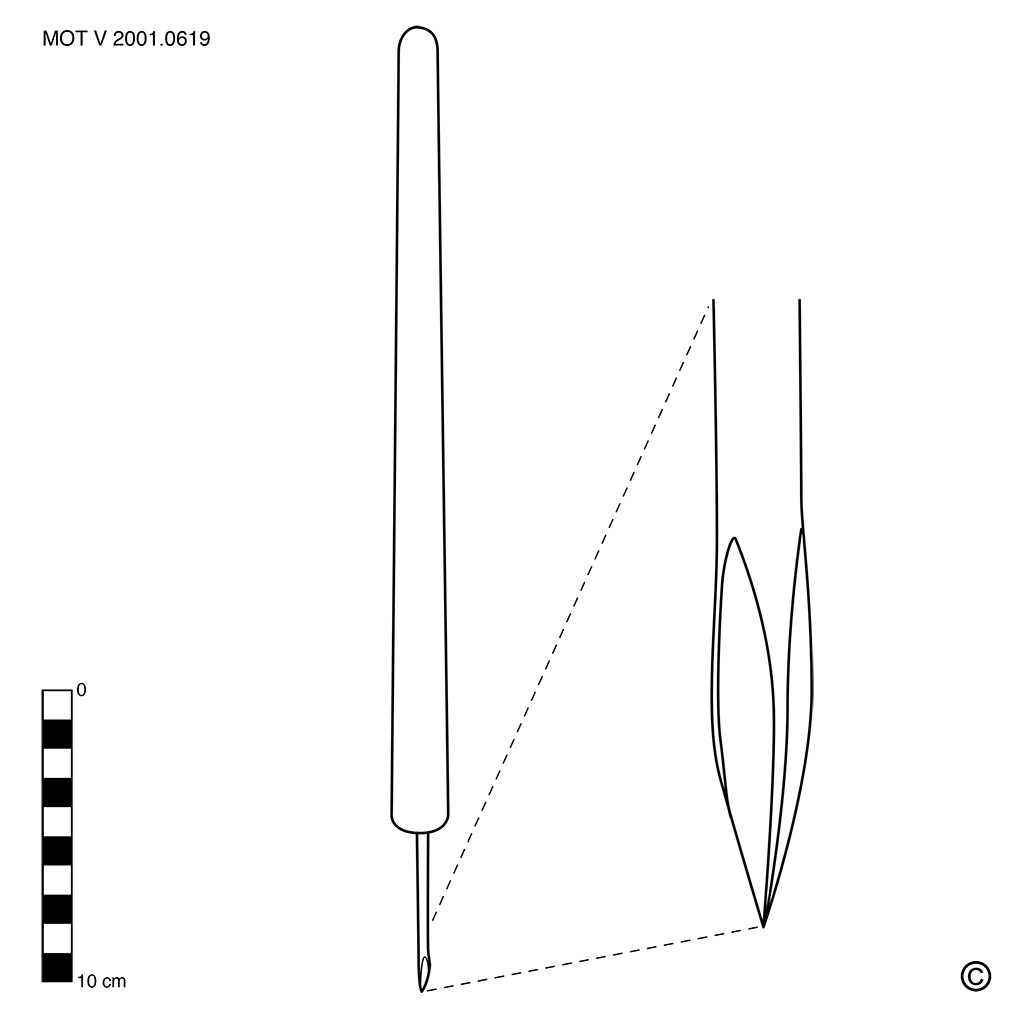
Three-eyed gimlet/Four-eyed gimlet (Japanese)
The text on the Japanese three-eyed and four-eyed gimlet can only be
consulted in dutch.
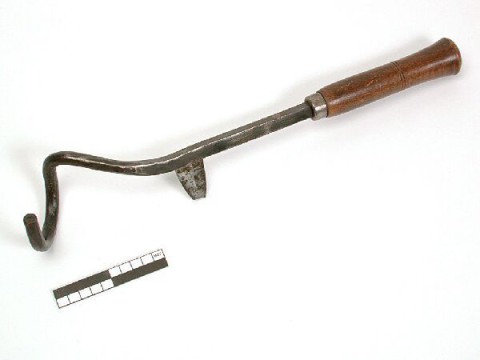
Thrush poaching tool
This poaching tool was used in some regions in Belgium and France to catch
thrushes or catbirds by cutting the bark of a tree to stretch a bow. The
catbirds are attracted with berries. The equivalent English name of this
tool is unknown. More technical information on this page in dutch. [MOT]
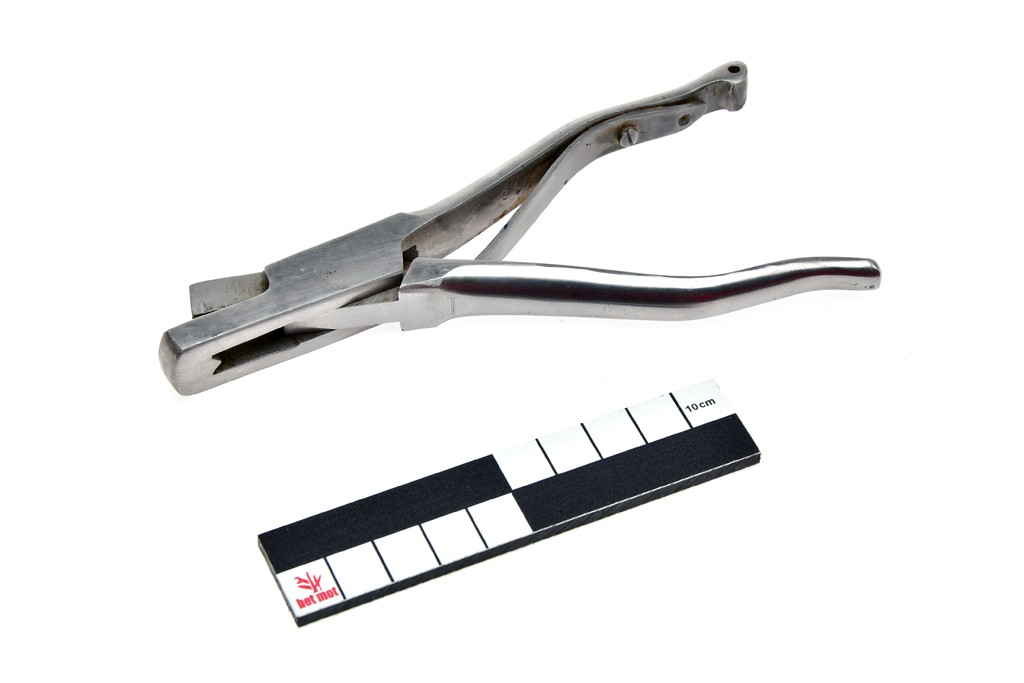
Ticket punch
This text can only be consulted in Dutch
<https://www.mot.be/resource/Tool/ticket-punch?lang=nl>
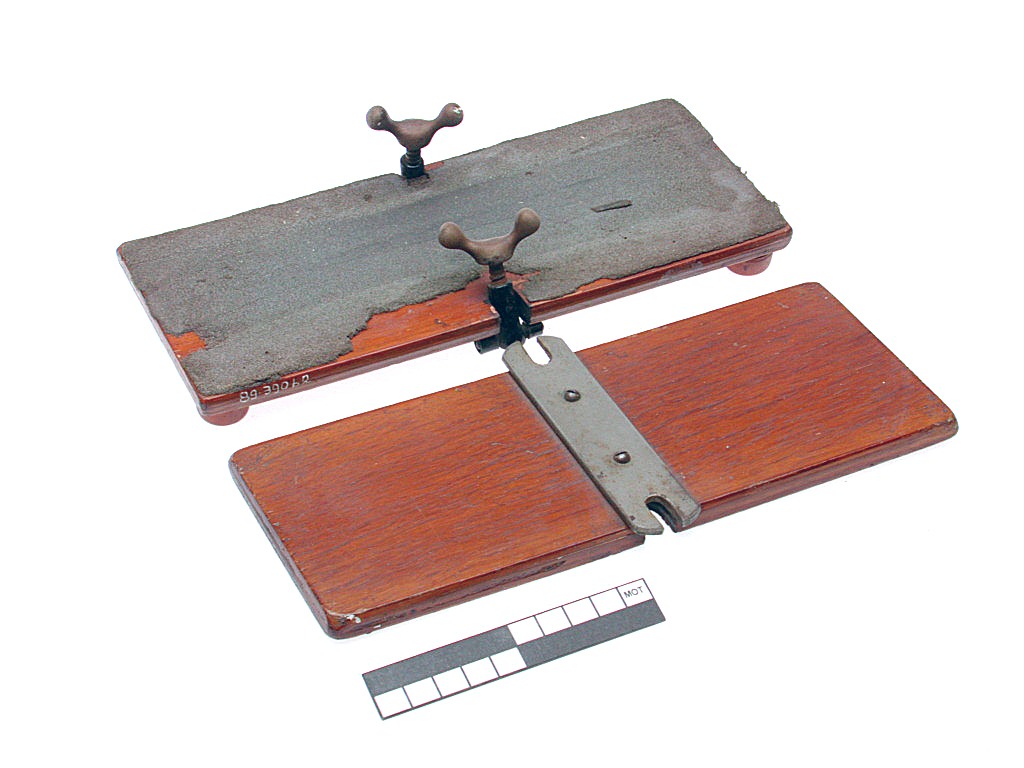
Tie press
This text can only be consulted in Dutch
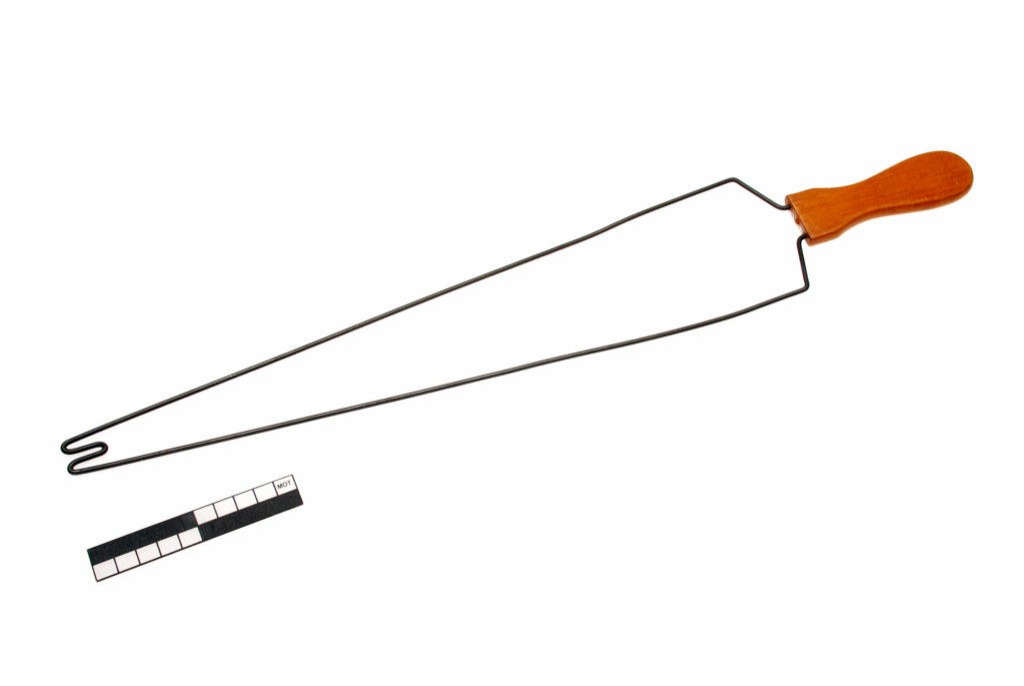
Tie stretcher
This text can only be consulted in Dutch
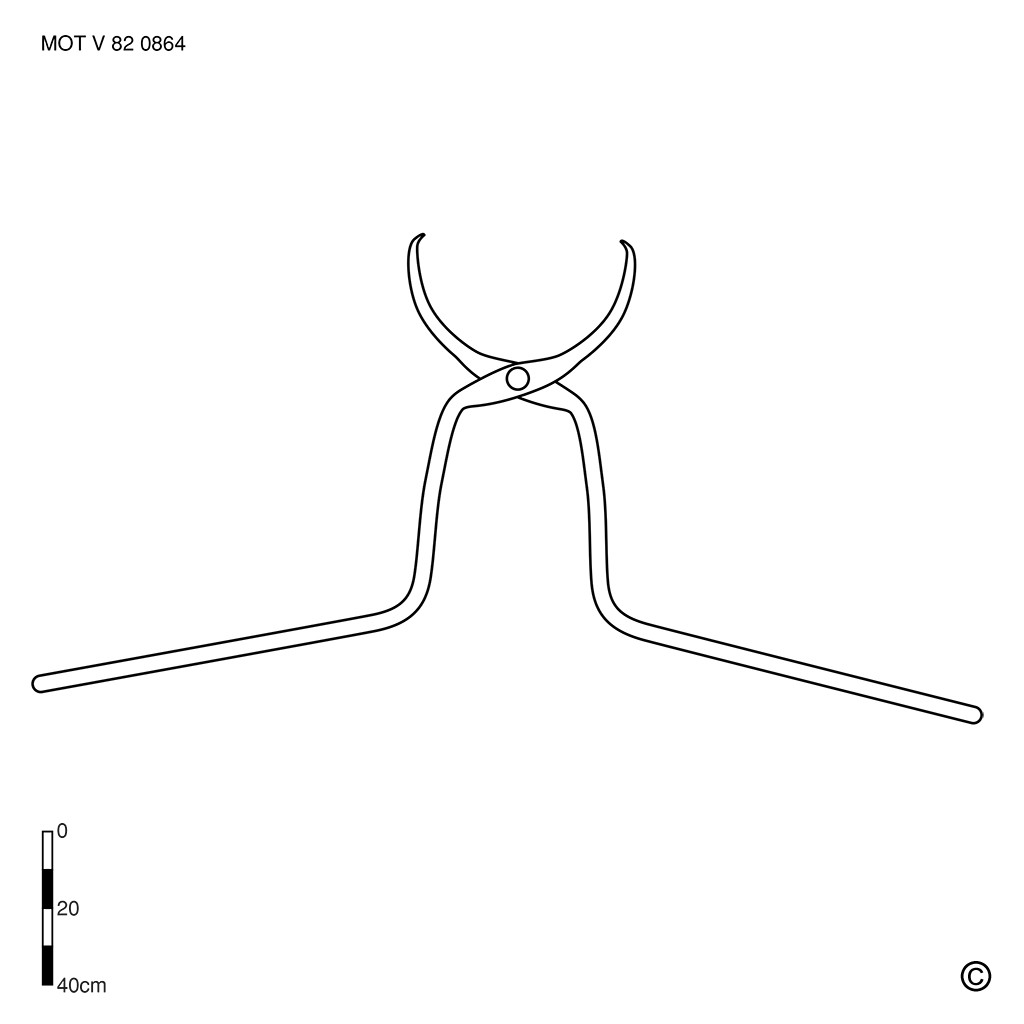
Tie tongs
Railway workers can easily move railroad ties or sleepers with these
carrying tongs. The jaws are adapted to the load as there are carrying
tongs for road curbs, crucibles, railroad tracks, etc. The arms move away
from each other so that they automatically clamp when the tool is lifted.
These tongs are one of the few tongs that are handled by two people. See
also the two handled lifting tongs of a lumberman. [MOT]
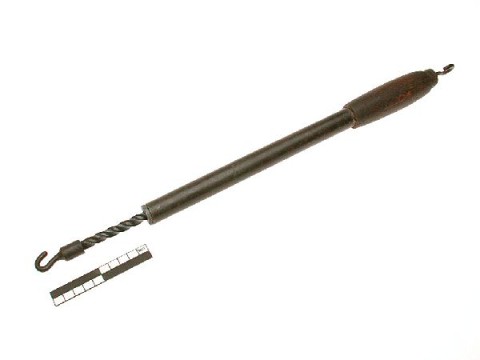
Tie wire twister
The tie wire twister is primarily used, among others by the farmer and the
miller, to close (large) bags with a thin (approx. 1 mm) iron wire that is
provided with a loop at both ends where the hook-shaped end of the twister
is picked up. By pulling the (spring back) handle over the screw thread,
the binding wire is twisted together. The steel bender also uses this tool
to bind the reinforcing bars - eg floor slabs - together into a net. A wire
is tied around every intersection. The thatcher use the bag binder when
tying the reeds to the band rods with iron wire (1).See also the wire
twisting pliers. [MOT] (1) They used to tie a knot in a toe (TREFOIS 1942:
188).
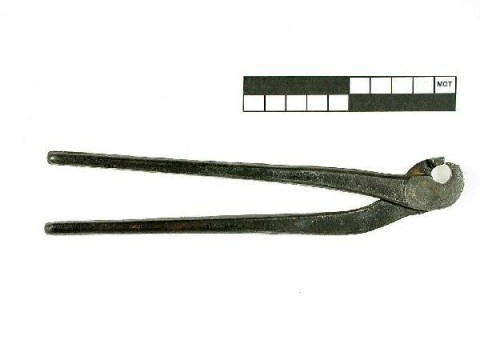
Tile chipping pincers
This text can only be consulted in Dutch
<https://www.mot.be/resource/Tool/291?lang=nl>
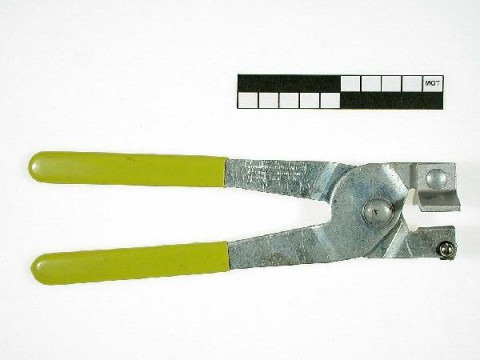
Tile cutter pliers
The tiler breaks tiles to size with these tile cutting pliers. First, you
draw a straight line where you want to break off the tile and then you cut
the glaze layer with a tile cutter. Finally, hold the tile on the line with
the pliers and squeeze the pliers closed. The tile breaks off exactly at
that place. The jaws are adapted to the purpose: the lower jaw is narrow
and exerts a lot of pressure in one place to break the tile. The upper jaw
is wide and winged and stops the tile. The wings are slightly bent so that
the pressure is further increased. There is also a wheel on the lower jaw
to roll a little further each time when the tile is broken. See also these
tongs for roof tiles and marble pincers. [MOT]
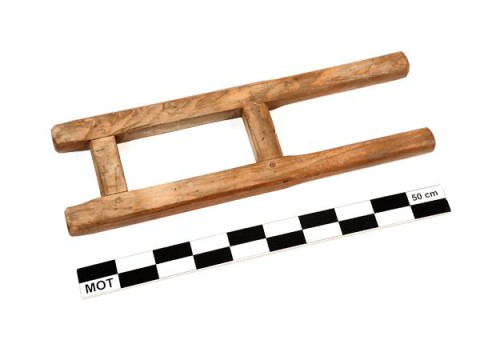
Tile mould
This text can only be consulted in Dutch
<https://www.mot.be/resource/Tool/tile-mould?lang=nl>
